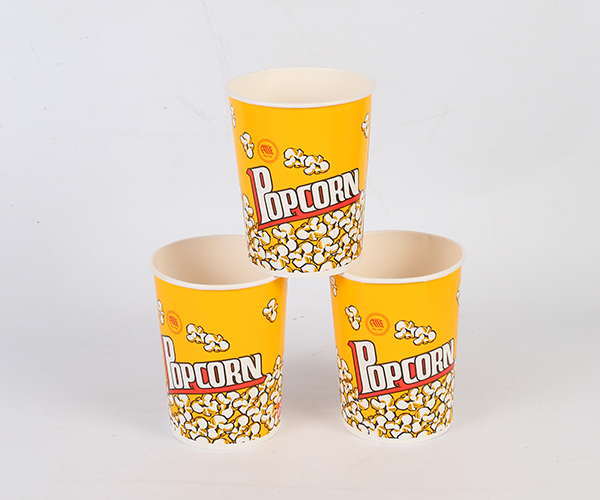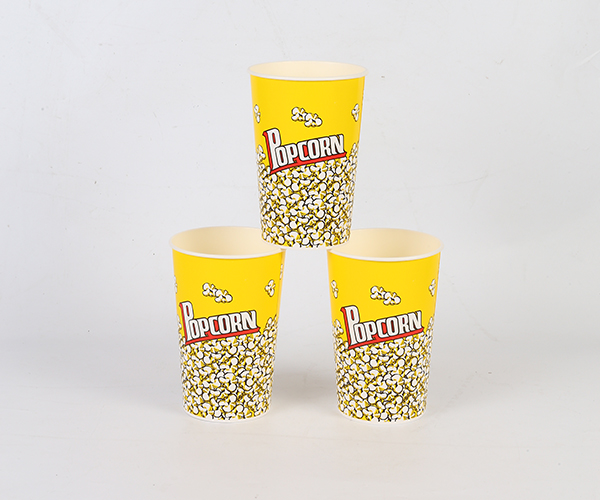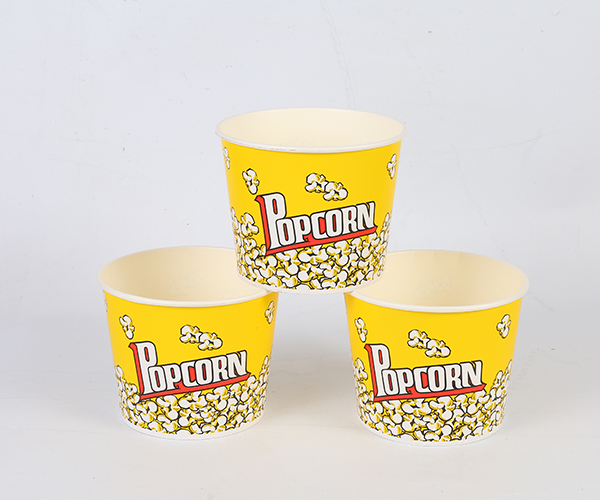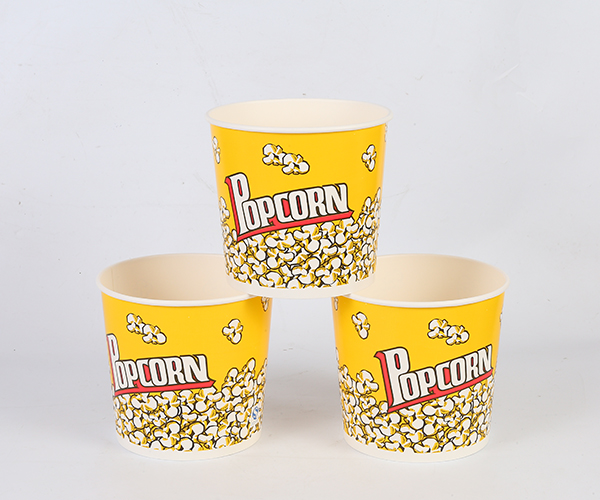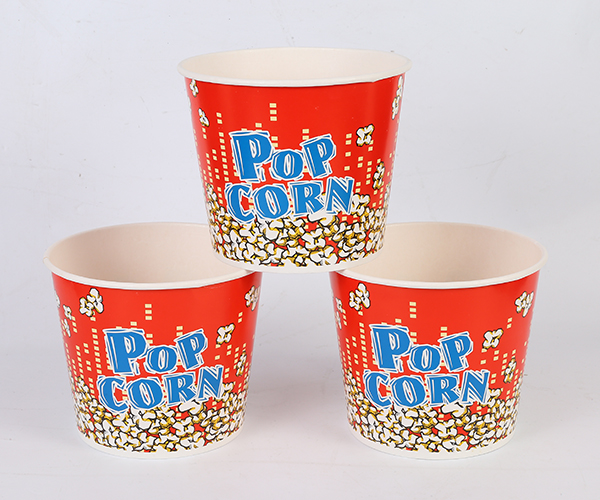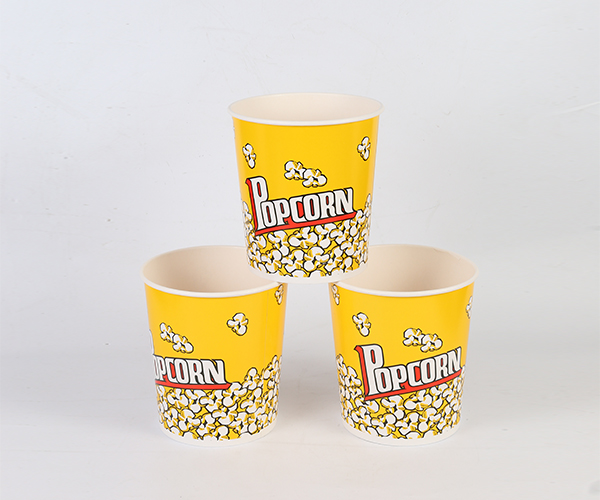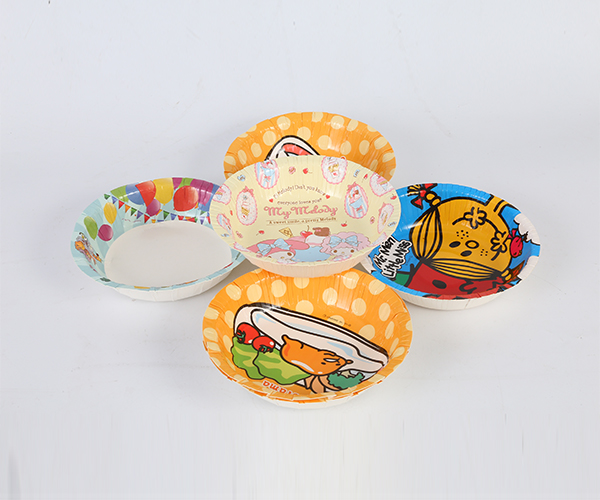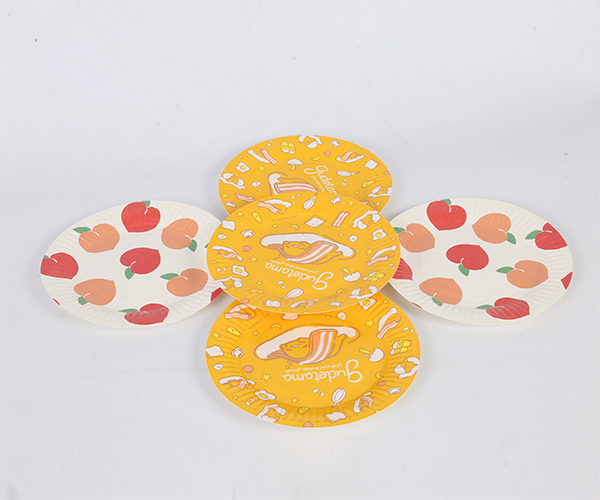The Challenge of Moisture and Oil Resistance
Disposable Paper Plates have become a staple in modern-day dining, offering convenience for picnics, parties, and everyday meals. However, one common concern among users is whether these plates are prone to leaking or allowing oil to seep through, especially when used to serve greasy or wet foods. This article examines the factors that contribute to the leakage and oil seepage in them and how manufacturers address these challenges.
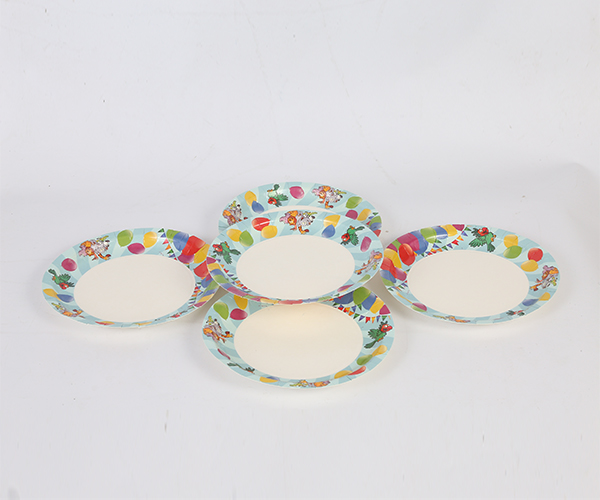
Materials and Coatings
The structure of Disposable Paper Plates plays a crucial role in determining how well they perform under moist or oily conditions. Typically, these plates are made from compressed paper pulp, which provides strength and durability. To prevent leakage or seepage, they are often coated with a layer of wax or plastic. This coating helps to create a moisture barrier, ensuring that liquids and oils are less likely to permeate through the plate.
However, not all Disposable Paper Plates are created equal. The effectiveness of the coating largely depends on the material and manufacturing process used. High-quality them often feature thicker coatings that can better withstand the pressure of hot or greasy food. On the other hand, lower-quality plates may have a thinner or less effective coating, making them more susceptible to leaks, especially when serving foods like fried items or foods with sauces.
Temperature and Food Type Impact
The likelihood of leakage or oil seepage in Disposable Paper Plates increases when they are used to serve high-temperature or greasy foods. Hot foods, particularly those that are freshly cooked, can cause the plate’s coating to break down more quickly. For instance, plates used to serve hot pizza, fried chicken, or foods with sauces may experience faster degradation of the coating, which can cause moisture or oil seepage. In such cases, the plate may lose its structural integrity and become soggy or even tear.
Additionally, foods with a high oil content, such as greasy burgers or fried items, put more pressure on the plate, making the oil seep through the coating more easily. When used for these types of meals, it is essential to select a high-quality Disposable Paper Plate with an adequate moisture and oil-resistant coating to reduce the risk of leakage.
The Role of Plate Thickness
Another factor contributing to whether Disposable Paper Plates leak or allow oil to seep through is the thickness of the plate itself. Thicker plates tend to be more resistant to moisture and oil, as they provide a stronger base for the food. Thicker them are generally more durable and less likely to bend or break under the weight of food or liquids.
On the other hand, thin Disposable Paper Plates, while lighter and more cost-effective, are more likely to fail when exposed to liquids or oily foods. These plates may start to soften, become soggy, and eventually leak or tear when exposed to sauces, soups, or oily foods. For heavier, oil-laden meals, it’s advisable to opt for thicker plates, which offer greater resistance to these issues.
Choosing the Right Plate for Your Needs
To avoid issues with leakage or oil seepage, it's essential to choose the right type of Disposable Paper Plate for your meal. If you are serving light snacks or dry foods, standard Disposable Paper Plates will be sufficient. However, when hosting a meal that involves greasy or moist food, it's good to choose plates that are specifically designed for heavy-duty use. These plates typically feature reinforced coatings, thicker paper, and a stronger moisture barrier to handle the demands of hot or oily foods.
Some manufacturers offer premium Disposable Paper Plates that are advertised as leak-proof and oil-resistant, making them a good option for greasy foods or foods with heavy sauces. It’s also important to check for certifications or product specifications that indicate the plate’s ability to withstand liquids and oil.
Reducing the Risk of Leakage and Oil Seepage
While Disposable Paper Plates are designed to handle a variety of foods, their ability to resist leakage or oil seepage depends on the materials, coatings, and thickness of the plate. Higher-quality plates with stronger coatings and thicker paper are more likely to withstand the challenges of serving hot, greasy, or moist foods.


 English
English 中文简体
中文简体